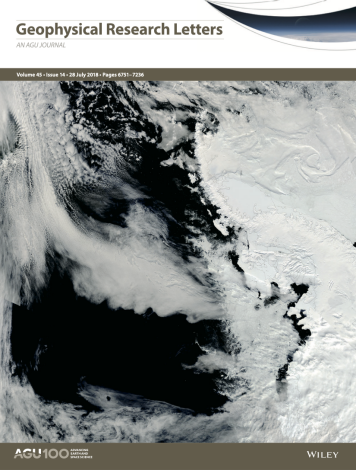Extratropical cyclones and fronts
Extratropical cyclones and their fronts are at the heart of research in dynamic meteorology. Research in the group focuses on the life cycle characteristics of extratropical cyclones and fronts, their propagation, intensification and relationships with various meteorological fields such as precipitation, hail or wind using reanalysis data and observations.
Extratropical cyclones and their attending fronts

Extratropical cyclone development is inherently connected to the development of fronts. While for some storms a well-marked surface front is already present at genesis, other storms develope their fronts during their life cycle.
Extratropical cyclones can group into cyclone families. Such periods when one parent cyclone is followed by several secondary cyclones have the potential to cause high-impact weather.
References
- external page call_made When during their life cycle are extratropical cyclones attended by fronts? [Schemm, S., M. Sprenger, and H. Wernli] Bulletin of the American Meteorological Society (2018)
- external page call_made The Role of Secondary Cyclones and Cyclone Families for the North Atlantic Storm Track and Clustering over Western Europe. [Priestly et al.] Quarterly Journal of the Royal Meteorological Society. (2020)
Extratropical cyclones, high impact weather and sea-ice variabilty

The frequency and seasonal changes in extratropical cyclone activity affects long-term sea-ice trends, for example, around Antarctica. Trends in Antarctic sea-ice extend exhibit a strong regional variability, which is connected to trends in the number of extratropical cyclones and anticyclones. Extratropical cyclones and their fronts are also often connected to the formation of hail, heavy precipitation and snowfall events and are therefore actively researched.
References
- external page call_made Regional trends in weather systems help explain Antarctic sea ice trends. [Schemm, S.] Geophysical Research Letters. (2018)
- external page call_made Increase in the number of extremely strong fronts over Europe? A study based on ERA‐Interim reanalysis (1979–2014). [Schemm et al.] Geophysical Research Letters. (2017)